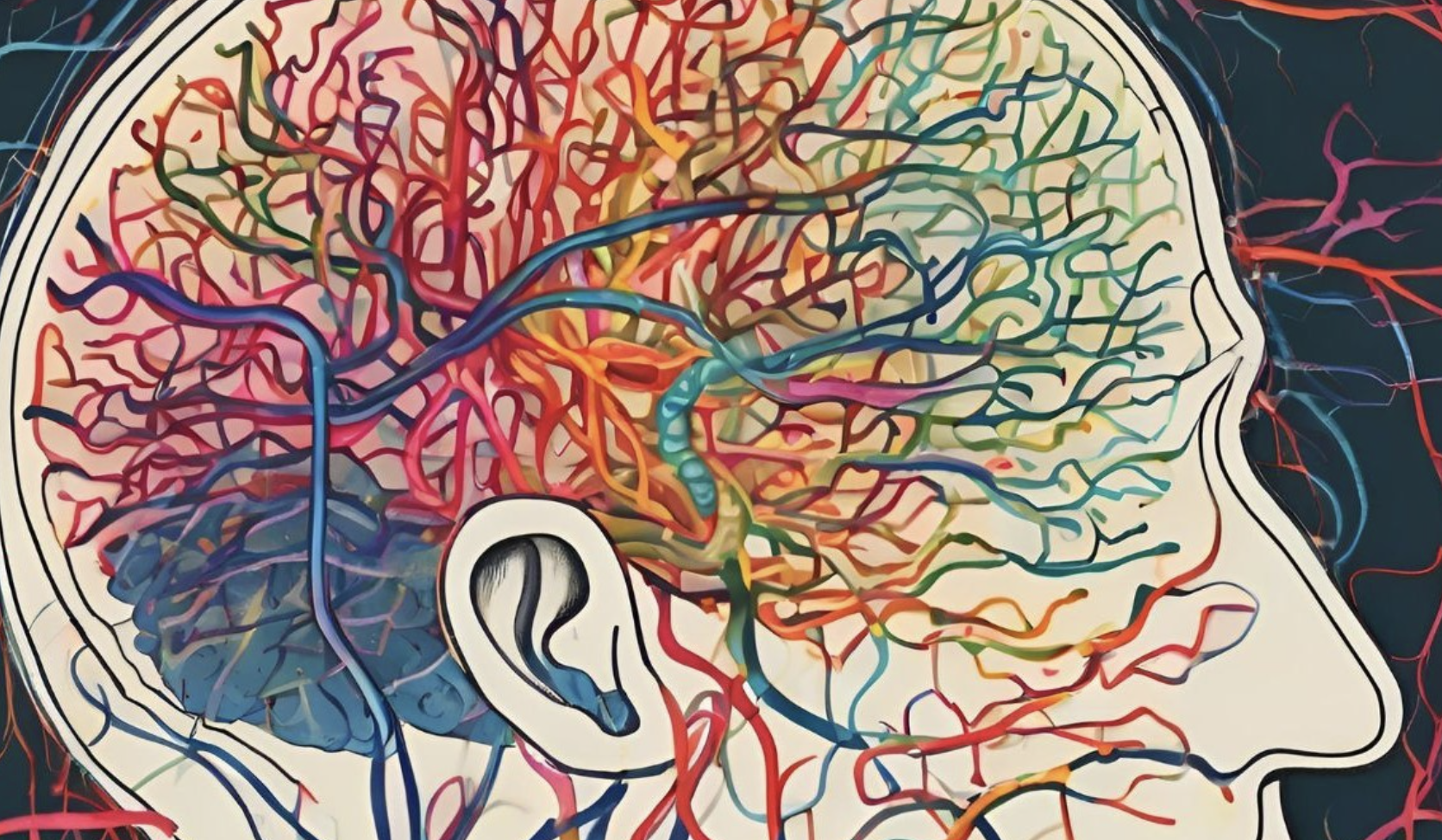Dutch researchers have discovered a new molecular material can make an electronic circuit mimic the way synapses switch in the human brain — vastly cutting down on energy use.

The energy requirements to power AI data centres are mind boggling. It is predicted that if our energy use for computational power continues to rise the way it does today, it will consume the entire world production of energy by 2042.
But what if computer processors could be designed to consume dramatically less energy? Researchers in the Netherlands think they have found a solution by mimicking one of the most energy efficient computing sources there is: the human brain.
Professors Christian Nijhuis and Wilfred van der Wiel, who both teach at the University of Twente in the Netherlands, are developing new systems that copy how the brain processes information, also known as neuromorphic computing.
“We really want to recreate the brain.”
Christian Nijhuis, professor, University of Twente
“The brain is about one million more times more energy efficient than the best computer we have,” says Nijhuis. “That is why there is now a global effort to develop new systems that really mimic brain-like computing. We really want to recreate the brain, if you wish.”
Commercialisation plan
While this may sound like science fiction, the university’s researchers have discovered a new molecular material that makes an electronic circuit mimic the way synapses switch in the human brain. This technology and others that form research from the University of Twente’s Center for Brain-Inspired Nano Systems (Brains), is going through the process of potentially spinning out into a commercial venture.
Keong Chan, managing director of Out the Back Ventures, an Australian corporate advisory firm specialising in commercialisation of early-stage projects, is discussing a spinout route, including forming a team to lead the venture. “If you said there are materials that can potentially land that could accelerate processing of information, most people would think that’s 10 to 20 years plus. But they’re thinking two to three years,” says Chan.
“We would like to then start socialising this with investors, including CVCs, because they should also come to appreciate that this type of research and its translation is actually closer than what people think.”
What the human brain is good at
The human brain is very inefficient at doing certain things, such as working out complex mathematical calculations. That is best left to traditional computing. What the brain far excels at compared with digital technology is things like speech and face recognition.
“Humans are very bad at very precise calculations, just arithmetic. This is not what our brain is made for. If you want to multiply very large numbers, it doesn’t make sense to go neuromorphic,” says van der Wiel. “But, if you want to recognise a face in a split second, then it’s the way to go.”
‘Humans are very bad at very precise calculations. This is not what our brain is made for. But, if you want to recognise a face in a split second, then it’s the way to go.”
Wilfred van der Wiel, professor, University of Twente
The part of our brain that makes it super-efficient is the way it locates processing and storing of information and memory in the same place. In normal computing, this is separated in a central processing unit (CPU) and memory bands. A lot of energy is lost because of this separation.
The kind of AI and machine-driven systems that are being developed which use conventional computing hardware will come at a big cost environmentally because of the massive amounts of energy required. If this kind of information processing could be done on neuromorphic computing hardware, the energy costs would be much lower.
The human brain “is very good at getting information out of a lot of very noisy data. That is something we really excel in. We can do it now with conventional computers, but it comes at a hefty price. We have to put in a lot of energy to force those systems to do a task,” says van der Wiel. “But if you could now combine that with new hardware that intrinsically has the flexibility to mimic the hardware of what we have between our ears, that would be a massive step forward.”
Speech recognition uses
Van der Wiel’s team has made a data pre-processing chip on which raw audio data can be loaded. Using conventional computing for applications such as speech recognition involves converting analogue signals to digital through domain conversions that take time and require a lot of energy. The researchers’ new chip does non-linear, high dimensional processing – the kind that our brain has evolved over millions of years – which makes the task lighter and more efficient. “This is great because now you have this little circuitry that you can build in maybe a larger system,” says van der Wiel.
In the case of Nijhuis’s team, the molecular material it has discovered can be applied in applications where traditional silicon-based circuitry can’t make much of a difference. The new material could be used, for example, in implantable electronics and in so-called self-learning sensors which not only process information but also learn from that information.
The team of researchers are filing patents for the new technologies. Nijhuis says that in one to two years, he hopes to reach so-called technology readiness levels of four or five. In scientific research circles, technology readiness levels (TRLs) are a method for estimating the maturity of technologies. Levels four and five are the points at which technology is validated in the lab and in industrial environments.
“We’ll see if we can transfer, let’s say, our own clean room, fabrication process to a more let’s say conventional semiconductor fab,” says Nijhuis.
The question is to what extent the new technologies developed in the lab can be scaled so that they can be incorporated into standard electronics. That is a big commercialisation task ahead, but given the enormous energy demands of AI, it could be closer than many thought possible.









